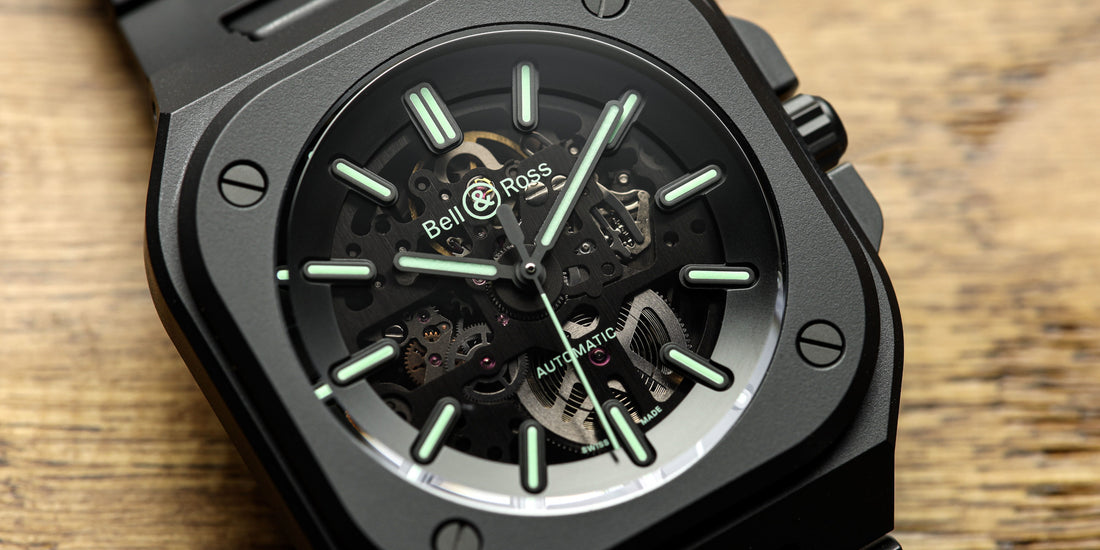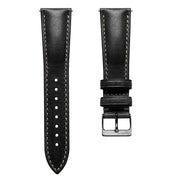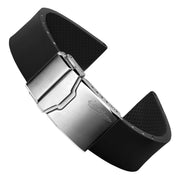Just like everybody else who lives and breathes horology, for the team here at WatchGecko, the first half of this month was dedicated to Watches and Wonders 2024. This year’s Genevan event saw new releases piling in by the hour, but among them we noticed something of a trend emerging. Wherever we looked, it seemed to be skeletonised watches that we found staring back at us.
 The Streamliner Tourbillon Skeleton. Credit: H. Moser & Cie.
The Streamliner Tourbillon Skeleton. Credit: H. Moser & Cie.
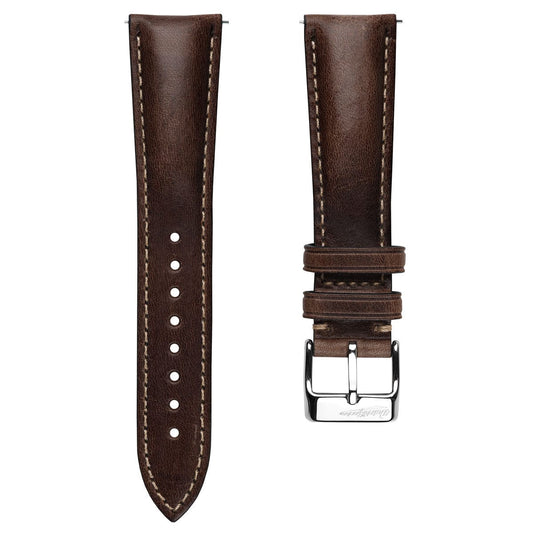
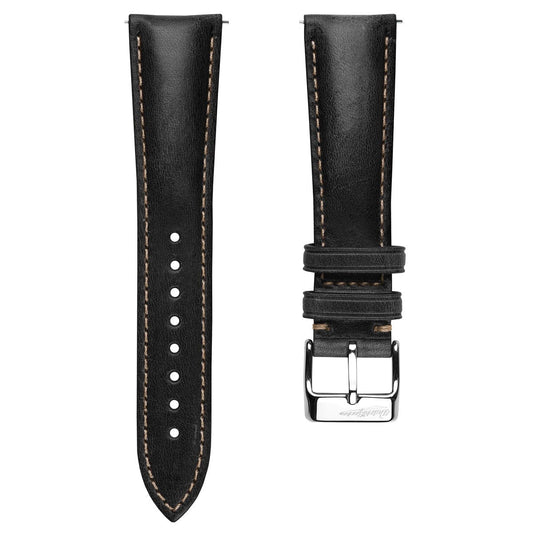

Why is it called a Skeleton watch?
Now, skeleton watches are nothing new, having emerged in the 18th century, they’re undeniably a long-established style of timepiece. Skeleton designs were pioneered by André-Charles Caron, a Frenchman who was employed as resident clockmaker to King Louis XV. Working alongside his protégé son-in-law, the pair removed the pocket watch dial to allow their customers an intricate look at the inner workings of the machinery that had been previously inaccessible. In revealing these inner cogs and dials, Caron and Lepine soon found their customers near spellbound by the nature of what lurked beneath the surface.
 Montblanc 1858 The Unveiled Minerva Monopusher Chronograph - Credit Montblanc.
Montblanc 1858 The Unveiled Minerva Monopusher Chronograph - Credit Montblanc.
The trend didn’t immediately take off, and skeleton watches didn’t properly resurge until a good 200 years after, but Caron had revealed more than the inner workings to his fellow watchmakers, who began to follow suit in removing pieces that weren’t needed. These thinner, more slimlined watch designs snowballed and eventually became the wristwatches we know and love today.
 BELL & ROSS BR 05 SKELETON BLACK LUM CERAMIC - Credit WatchGecko.
BELL & ROSS BR 05 SKELETON BLACK LUM CERAMIC - Credit WatchGecko.
Sometimes these watches are referred to as openworked, and you might wonder if there’s a difference between the two nicknames. The answer is no, they’re two ways of describing the same style so are completely interchangeable. Don’t make the mistake of confusing a skeleton (or openworked) watch with an ‘open heart’ dial though. In this case, there is a distinction, as you can only usually expect to see the balance wheel beating through an open heart dial, without much else being revealed. And as for the term ‘squelette’? You might have guessed it, that’s simply a translation from the English ‘skeleton’ to the French alternative.
How does a Skeleton watch work?
 Excalibur Titanium Monotourbillon. Credit: Roger Dubuis.
Excalibur Titanium Monotourbillon. Credit: Roger Dubuis.
A skeleton watch is categorized by its transparent, or sometimes partially open dial, through which you can gaze into an awe-inspiring view of the mechanics under the hood. Where you might find hour markers on a traditional dial, the gears, springs, and balance wheels stand in their place when looking at a skeleton watch. That’s all well and good, but how do they work?
Skeleton watches are essentially the horological answer to “less is more”, typically watchmakers will remove unnecessary metal components through a painstaking process involving handsaws and files. The dial and caseback are opened up, areas are stripped out and through this, the ‘bones’ or mechanics of the timepiece are revealed under the surface. Sounds simple, right?




Ulysse Nardin FREAK S NOMAD. Credit: Ulysse Nardin.
Once the dial has been minimized, each individual part requires polishing and can then be stamped or engraved. Watch connoisseurs tend to seek out incredibly intricate engravings as they offer a unique look and are bound to start conversations, so the more fastidiously elaborate the final look is, the better.
For this reason, skeleton designs are typically reserved for mechanical movements, simply because they allow for the most intricate display of the inner mechanism. The mechanical variety tends to be the most eye-wateringly expensive, with luxury pieces going for anything from a few thousand, right up to figures dangerously close to (and over) £100,000. Fear not, this doesn’t have to be the case, as skeleton watches nowadays are made in all shapes, sizes, and movements.
What brands are famous for Skeleton watches?
 Grand Seiko White Kodo. Credit: Grand Seiko.
Grand Seiko White Kodo. Credit: Grand Seiko.
Skeleton watches first seemed to re-emerge in the wake of an impending quartz crisis, or revolution, depending who you ask. Priorities began to shift in the 1970’s with the emergence of quartz watches, which were both more affordable, and accurate, than traditional mechanical watches. Equipped with modern battery technology, quartz watches were pioneered by Japanese brands like Seiko and CASIO who produced trendy, digital watches at a fraction of the price of mechanical models manufactured by luxury Swiss watchmakers.
But in rejection of this digital uprising, Swiss brands such as Patek Philippe, Audemars Piaget, Vacheron Constantin, Hublot, and Jaeger-LeCoultre began to fight back by opening up the dials of their watches and showcasing visibly undeniable proof of the superior craftsmanship of traditional wristwatches.
Why are Skeleton watches re-emerging?
So, why is it that we’re seeing more and more skeleton watches emerging? One argument is that we could be witnessing a second wave of the quartz crisis. This time, due to the popularity of smart watches such as the Apple Watch and its prevalence with a younger generation of watch wearers. A new generation is coming up through the ranks and for many of them, checking the time doesn’t seem to need to be any more complicated than pulling your phone out of your pocket.
 Riviera Squelette. Credit: Baume & Mercier.
Riviera Squelette. Credit: Baume & Mercier.
Whilst I’m sure brands like Ulysse Nardin and H. Moser & Cie. aren’t sparing the majority of teenagers a second thought when designing their latest masterpieces, their craftsmanship and extraordinary attention to detail certainly reminds the rest of us what we love most about good old-fashioned wristwatches.
Perhaps, with Switzerland’s historic ties to the rise of skeleton watches, a Swiss show was simply bound to bring us a plethora of openworked wonders. Long-established as a status symbol for collectors, the staggering combination of aesthetics and cutting-edge technology remains a source of wonder and inspiration for many of us, so it seems a no-brainer for the brands who can to play into that.
Perhaps as divisive as Marmite, the skeletonised watch trend might not be a source of excitement for everyone and naturally, these watches do have their naysayers. For example our staff writer Richard, who was less than impressed by the abundance of skeletonised releases at Watches and Wonders this year. Unsurprisingly, he wasn't alone in that sentiment, with more than one of our viewers expressing their dislike for seeing the movement of a watch through its face.
Whatever the reason though for their seemingly sudden surge in popularity, we’ve got our eyes peeled in anticipation for the next shiny new thing. Whether you adore or loathe them, the comments, as always, are open, and I’d love to hear from you.
Which watchmaker are you hoping will try their hand at a skeletonised release next?
